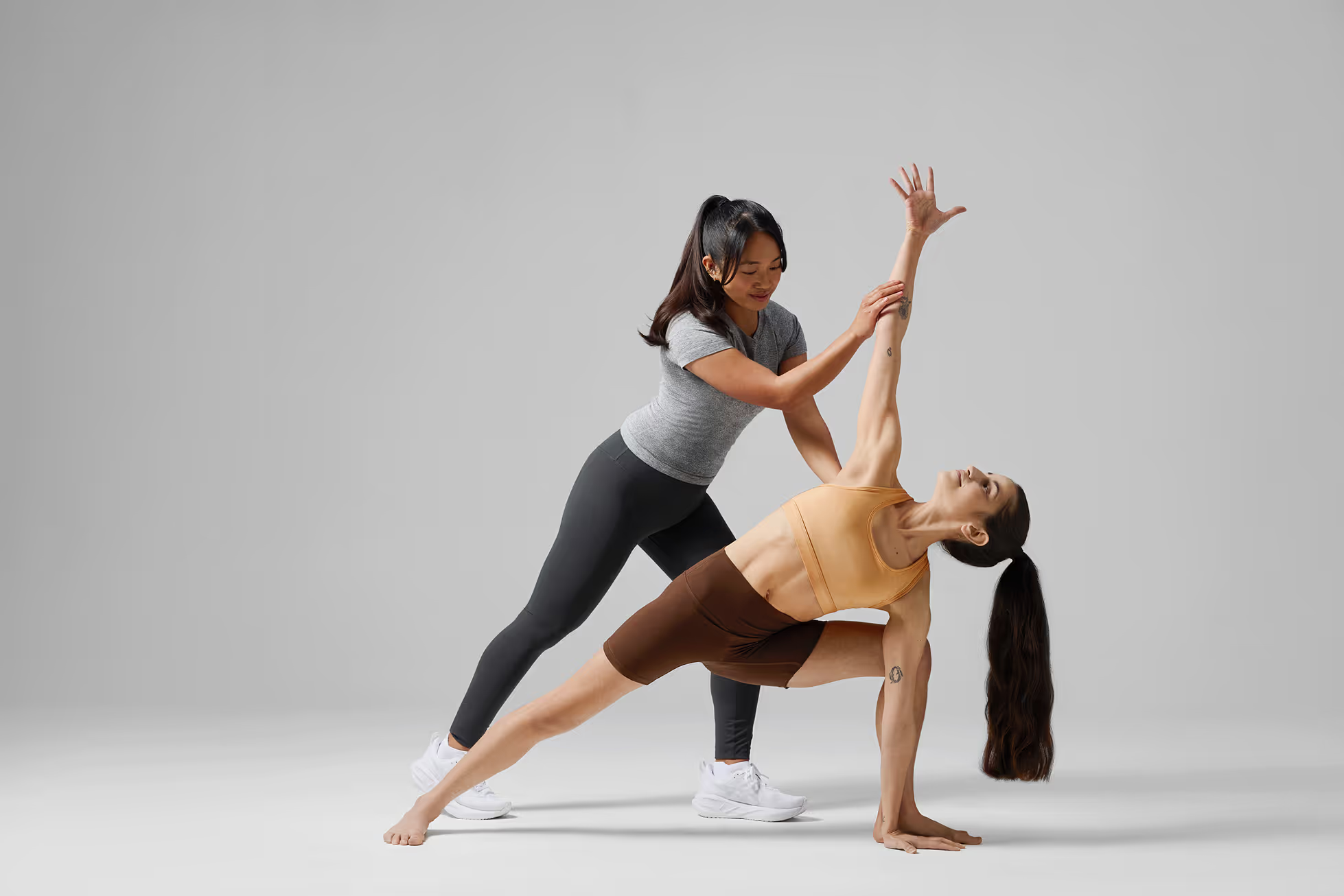Muscle Strains: Why It’s Not Just a Pull and What Your Body Might Be Telling You
.png)
Whether you're a recreational runner, getting back into the gym, or even an NBA All‑Star—pain isn’t always the end of the story—it’s often the beginning.
In Game 7 of the 2025 NBA Finals, Tyrese Haliburton suffered a torn right Achilles tendon early in the first quarter. Less than a week earlier, he’d been playing through a strained right calf—part of the same posterior chain. The injury is expected to sideline him for most, if not all, of the 2025‑26 NBA season.
Despite tough efforts from his care team, the unseen connection between a soft tissue strain and a tendon rupture showed its importance. This isn’t speculation—it’s a learning opportunity. Muscle strains are often early warning signs, not isolated events.
.png)
What Actually Is a Muscle Strain?
A muscle strain—commonly called a “pulled muscle”—occurs when muscle fibers or their tendons (which attach muscle to bone) are overstretched or torn. That damage may come from a sudden movement—like a slip or sprint—or from repetitive stress and fatigue.
In elite-level sports, strains account for nearly 30% of injuries, with the hamstrings and calves among the most affected.
Strains are graded by severity:
- Grade 1 (Mild)
- Microscopic tears in a few fibers. Mild pain, but you can usually move.
- Recovery: ~1–3 weeks
- Grade 2 (Moderate)
- More fibers are injured, with pain, swelling, and weakness.
- Recovery: ~3–6 weeks
- Grade 3 (Severe)
- Full tear or rupture—pain, swelling, and often loss of function.
- Recovery: Several months; surgery may be required
Even minor strains deserve attention—recovery demands progress, not just rest.
.png)
Why You Should Care: The Hidden Risk Behind "Tight" Muscles
Nearly 50% of muscle injuries are preceded by sensations of tightness, fatigue, or something feeling “off”.
A familiar pattern emerges in high-profile cases:
- In 2019, Kevin Durant strained his right calf during the playoffs, returned about a month later, then tore his right Achilles in his first game back.
- In 2025, Tyrese Haliburton suffered a calf strain in Game 5, then ruptured his Achilles in Game 7.
We're not definitively linking these strains to ruptures—but the pattern is clear: under-recovered tissue forces nearby areas to compensate, which increases injury risk.
What You Can Do About It: Build a Body That Bounces Back
Struggling with a low-grade strain? Feeling persistent tightness? Now’s the time to act.
Recovery isn’t about retreat—it’s about progression. The FutureProof Method™ meets you where you’re at and guides your body where it needs to go:
- Decrease Pain: Soft-tissue work, education, and comfort strategies
- Align: Restore joint function and mobility
- Learn to Move: Correct faulty movement patterns that cause overload
- Build Strength: Reinforce the injured tissue and its supporting muscles
- Move With Purpose: Return confidently to life and sport—on your terms
.png)
A muscle strain might seem small. But often, it’s the first tip-off your body wants to share.
Pause, listen, and respect that signal. That’s how you turn a setback into set‑up for something better.
It’s time for a 1:1 with a body expert.


.jpg)

